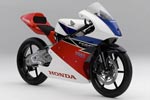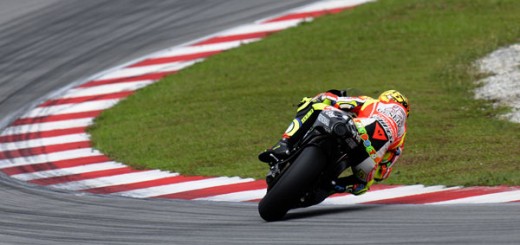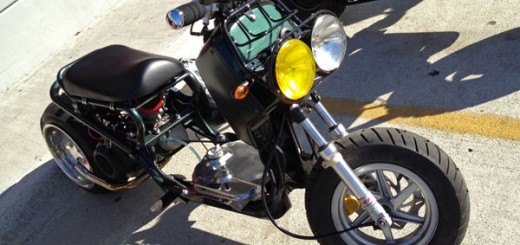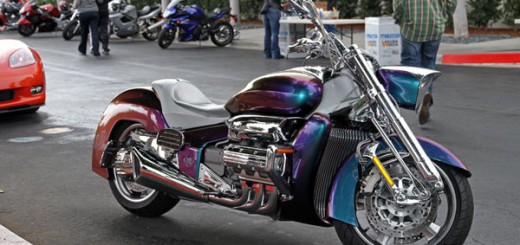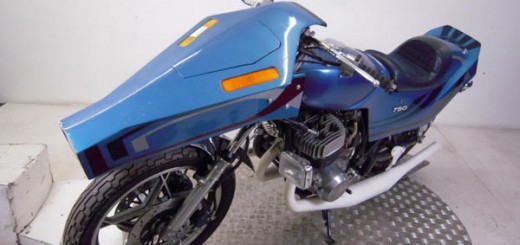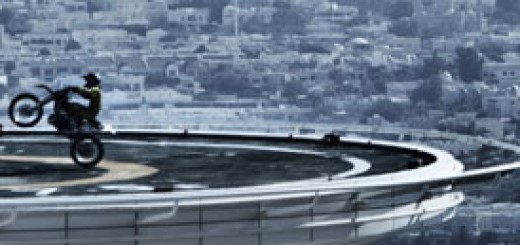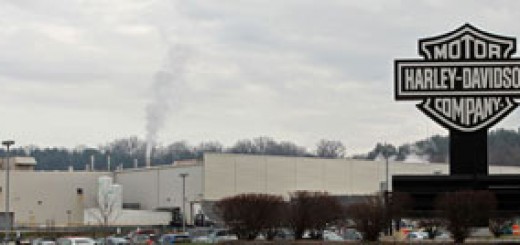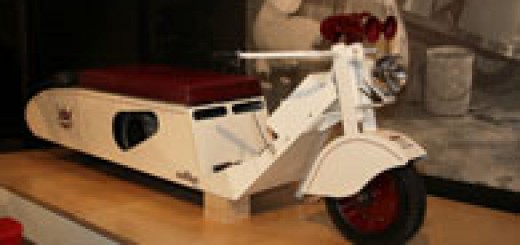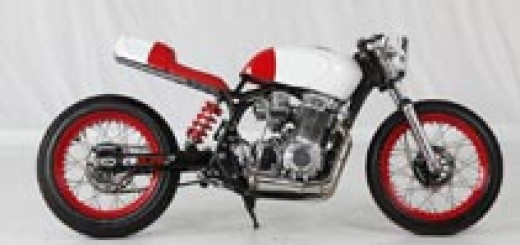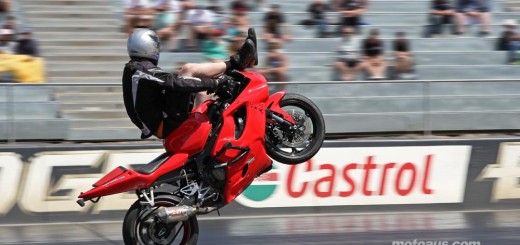Honda NS500 Oval Piston Racer
 In 1979, Honda decided to return to GP racing, with a radical new design, the oval piston NR500
In 1979, Honda decided to return to GP racing, with a radical new design, the oval piston NR500

Honda NR500 Oval Piston Racer
In 1979, Honda decided to return to Motorcycle GP racing after a twelve year break. The series was dominated by two strokes, but Honda had been used to success with four strokes, and decided to design a new competitive 4 stroke engine.
 As the rules limited the amount of cylinders to four, Honda engineers soon realised they would need a radical design to compete with the more efficient two strokes. Their new engine design managed to squeeze 8 valves into every cylinder, by cleverly designing an oval piston that filled an area more normally seen in a twin cylinder.
As the rules limited the amount of cylinders to four, Honda engineers soon realised they would need a radical design to compete with the more efficient two strokes. Their new engine design managed to squeeze 8 valves into every cylinder, by cleverly designing an oval piston that filled an area more normally seen in a twin cylinder.
With twin con rods per cylinder, Honda was effectively creating a V8 engine design, that would legally fit the 4 cylinder race limit.
The V4 500cc engine had a design brief to reach an incredible 23,000 rpm, and a target of 130 hp to defeat the two stroke rivals.
After an enormous development program, Honda engineers finally produced a engine for final bench testing by April 1979. Although they had overcome most of the more severe reliability issues that had reduced many a prototype engine to swarf, the engine had not reached its 130hp target. With an rpm ceiling of 16,000, the first NR500 had around 100hp.
Debuting at Silverstone in August 79, riders Mick Grant and Takazumi Katayama failed to complete the race, Grant falling on the first lap and the bike burning to the ground, and Takazumi DNFing with a mechanical failure.
Humiliation followed at the French Grand Prix, the final race of the season, with both riders failing to qualify. Subsequently, several problem issues were solved, a cam drive problem with a rubber damper, and the massive engine braking was overcome with the inovation of the back torque limiting clutch, something still used today on production machines.

By 1982 the 2X version of the motor had improved output to 125hp, and a test unit of the the 3X evolution cranked out a potential race winning 130hp.
 But apart from a single Suzuka 8 hour race win in 1981, the NR500 lacked success on the track. Hampered by the weight of the more complex four stroke design, Honda began a program of lightening components. However Honda’s rivals were doing the same thing, resulting in no net gain.
But apart from a single Suzuka 8 hour race win in 1981, the NR500 lacked success on the track. Hampered by the weight of the more complex four stroke design, Honda began a program of lightening components. However Honda’s rivals were doing the same thing, resulting in no net gain.
With mounting pressure within Honda to return to their race winning ways, they compromised and started development of a two stroke race engine, the NS500. Although the 3X version of the oval piston NR had sufficient power- it’s rpm ceiling now at 19,500 – the immediate success of the two stroke NS kept the NR pushed to the rear of the pit garage.
By the end of the 1983 season, the World title was Honda’s, with Freddie Spencer taking the title on his NS500 two stroke, and the oval piston 500 was history.
In 1992, oval pistons appeared again in the NR750 racer, with Aussie superbike legend Mal Campbell and 2 journalists entered in the 24 LeMans race, but despite being fast – qualifying second- the NR750 only lasted a few hours before engine failure claimed it too.
Campbell later won a Swann series race on the NR750, before it faded from view. In 1991, a road going version was released by Honda, a forerunner in concept to Ducati’s Desmosedici, a race replica for the road, laden with high tech features.
Available for only one year, the NR750 closed Honda’s chapter on the incredible, but ultimately unsuccessful oval piston machines.
All images copyright Honda





